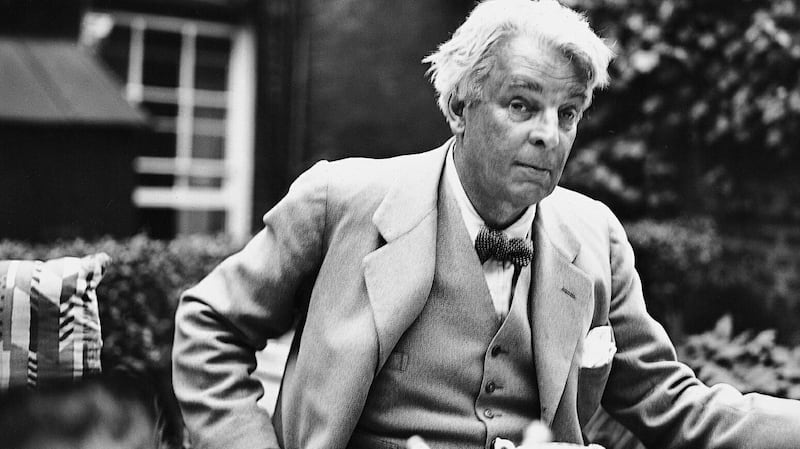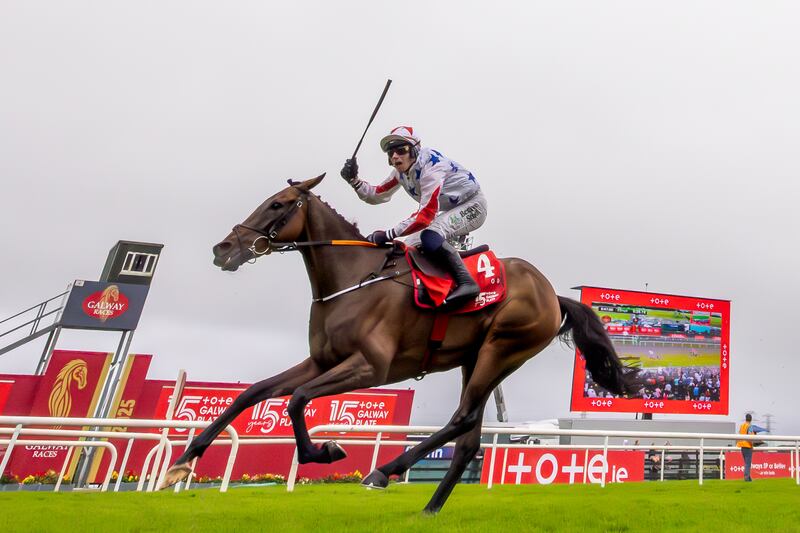I was 16 years old when a friend introduced me to Yeats. I remember the moment well in a small terraced house in Anne Street, Bailieborough, Co Cavan when she held out a big red hardback book and suggested I read it. It was Joseph Hone’s biography of Yeats. As a 16-year-old reluctant to do anything anyone older suggested, it took a while before I more than glanced at the book. However, once begun I was immediately sucked into, and fascinated by, Yeats’s life and then, later, by his works. I was led to Yeats’s poetry via his life rather than the other way around. Whatever the route, that book led me to a life-long love of his writings as well as a keen interest in his extraordinary life.
Though Hone’s biography has long since been superseded by others as the definitive biography, it was that one that transported me to the life of a young Yeats, always slightly set apart from his people while keenly curious, and totally immersed in his thoughts about the intimacies of their lives, the landscape that surrounded them, the folk and fairy tales that entertained and explored them, and the political and social changes that beckoned them.
Of course it was Yeats’s poems that captivated me then and still do now. I have never tired of reading them and have noticed how their meanings and relevance have changed as I have grown older and become more familiar with the “deep heart’s core” that Yeats refers to in perhaps his most well-known poem, The Lake Isle of Inisfree. Though Yeats was in his early twenties when he wrote the poem, its sense of sad longing haunts its lines and shows a vulnerable nakedness and emotional maturity well beyond his years.
Casual reading of Yeats’s poetry and prose led me closer to him and some years later I went on my first Yeats pilgrimage. I had pieced together enough geographical references in Yeats’s works to design a short tour of what was possibly yet to be popularly, and certainly yet to be commercially, named Yeats Country. This tour included all the well-known Sligo and Leitrim locations: Glencar, Knocknarea, Benbulben, Lissadell, Drumcliff, Lough Gill with Dooney Rock, Slish (or Sleuth) Wood, and, of course, the lake isle of Innisfree.

In time I began to discover less obvious references to place in Yeats’s writings and to include places of biographical significance as well as locations that Yeats might have had in mind when staging some of his poems. This ultimately led to my book Yeats and Sligo (Brandon, 2010). Researching that book revealed a clear connection between the poet and Sligo that went beyond his Yeats-Pollexfen- Middleton ancestry. Sligo and the surrounding area provided Yeats with the landscape of his literary imagination which remained with, and sustained him throughout his life. He absorbed not just place, but the people who inhabited them, their myths and legends, their extraordinariness and their normality.
Meanwhile in 1982 I opened the Winding Stair Bookshop and Cafe on Dublin’s Ormond Quay. Though that beautiful old building possesses a staircase that winds its way through the building, the shop was actually named after Yeats’s book of poems The Winding Stair and other Poems published in 1933. In the poem A Dialogue of Self and Soul Yeats writes:
My Soul. I summon to the winding ancient stair;
Set all your mind upon the steep ascent,
Upon the broken, crumbling battlement,
Upon the breathless starlit air,
Upon the star that marks the hidden pole;
Fix every wandering thought upon
That quarter where all thought is done:
Who can distinguish darkness from the soul?
The mysterious lyricism of those opening lines seemed to lend an enticing and seductive magical quality to bricks and mortar-what better way to name what then seemed nothing more than a romantic adventure?
But of course, Yeats’s life was not confined to Sligo. In fact he spent a relatively short time there. My exploration of Yeats’s life broadened its horizons and took me to Dublin, his birthplace, and to London, and the homes he and his itinerant family occupied while his father, John Butler Yeats, tried to make the transition from barrister to artist and when the family occupied a twilight zone between middle-class aspirations and an uncomfortable impecunious bohemianism.
In London they lived in various houses from Primrose Hill near Regents Park to Bedford Park, England’s first garden suburb, with its Arts and Crafts designs, and oscillating back and forth to Dublin, living in Howth, Harold’s Cross, and Churchtown. In all these places the Yeatses survived on a shoestring and the hard-working children all contributed their incomes from journalism, embroidery, and art to the “swalley-hole” that barely sustained the family’s needs.
Later Yeats would spend a great deal of time with Lady Gregory at Coole Park in Co Galway where the Irish literary movement and the national theatre were born and were given substance. It was near here that Yeats discovered his tower, Thoor Ballylee, and had it renovated while living in Merrion Square, now a senator and Nobel Prize winner and finally able to make ends meet. As an elder man of letters he settled at Riversdale House in Rathfarnham, accurately predicting that the lease on the house would outlive him.
All these landscapes, both real and imagined, were the settings of Yeats’s philosophical and literary inspiration, surrounded and witnessed by family, friends, artists and writers, and by the many other men and women who filled his days and flooded his world with ideas, with challenges, with passion, and with love.
This book, Arise and Go: WB Yeats and the People and Places that Inspired Him, seeks to explore those landscapes, those people, and those ideas.
I am grateful to that friend in Bailieborough who all those years ago lent me that book and am embarrassed to say that I still intend to return it.
Arise and Go: WB Yeats and the People and Places that Inspired Him by Kevin Connolly (O'Brien Press) is available from all good bookshops now

















